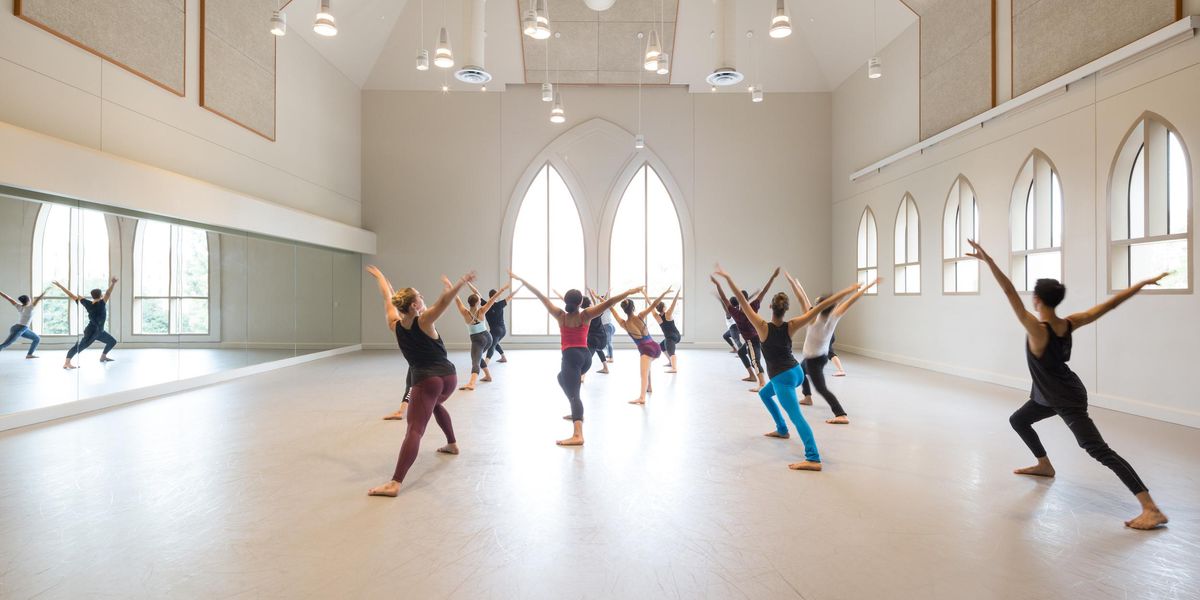10 Minutes with Jessica Lang
The concept-oriented choreographer meets her architectural match.
Takao Komaru, courtesy Lang.
Architects, studios and artists from more than 30 countries will attend the inaugural Chicago Architecture Biennial. One of its highest-profile commissions, however, involves two artists who work just a short subway ride away from each other in New York City. Tesseracts of Time, by choreographer Jessica Lang and architect Steven Holl, will premiere on November 6, at the Harris Theater for Music and Dance as part of the Biennial, which runs through January 3.
Were you familiar with Steven’s work before this commission?
Steven is building the new Queens Library at Hunt
ers Point, right next to my company’s offices. I was attracted to the building before knowing he designed it, and that led me to learn more about him. So his name coming up for this commission felt like a wink—like it was supposed to happen.
His sense of light is consistently inventive and poetic, like yours.
Light is one of the subjects that came to the forefront right away, along with this founding thought of Steven’s, that architecture exists under, in, on, and over the ground. That led to this piece being in four sections, based on those concepts, while reflecting his musical ideas and composers he enjoys: John Cage, Iannis Xenakis, Morton Feldman and David Lang. Steven is my subject, so to speak—I’ve been diving into his world to bring it into mine.
Jessica Lang Dance in Lines Cubed. Photo by Sharen Bradford, courtesy Lang.
What about dance interests him?
One of our first conversations was about the time and length of our careers. We discussed how, if a dancer is lucky, they work until they’re 40. He explained that his first commission came when he was 50. I make a dance in three weeks. His start-to-finish can take eight years. That continues into size, shape, budget, everything else. To make a building and to make a dance are very different things.
And one is permanent, one is not.
Exactly.
Now, tesseracts are “impossible” shapes—they exist only in theoretical geometry.
That’s right. Square is to cube as cube is to tesseract—they’re incredible forms.
How are you and Steven referencing them?
He created models of them, which he recorded on video, moving the camera to guide us through them. We’re putting dancers in front of projections of that video to make the “in” section; the models will look huge because he shot them up close. For the “on” section, those same tesseracts we were just “in”—three of them, 12 to 16 feet tall—are on the stage as set elements, which get raised up for the “over” section, so the dancers are “under” them. It comes around, full circle.
Will Tesseracts of Time go on tour?
Yes. I put that limitation on Steven right away. It had to be tourable, and so now, in addition to Chicago Architecture Biennial and Harris Theater, it’s co-commissioned by the Joyce Theater Foundation as well as the Society for the Performing Arts in Houston, where he’s building an expansion to the Museum of Fine Arts. Everywhere that Steven is, or will be, can be an opportunity for us to perform.
Does that mean China?
It’s been discussed. Steven has an office in Beijing. That would be a first for my company.




